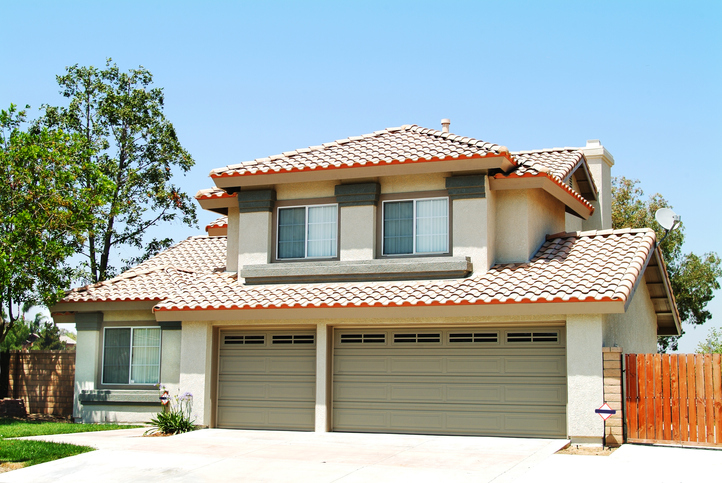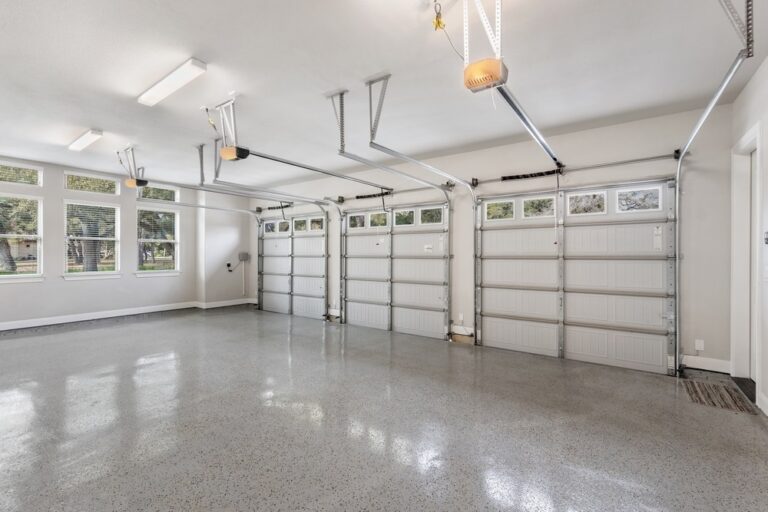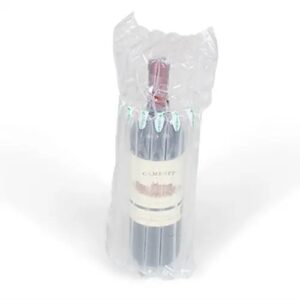Garage doors are among the most essential components of any home. They provide convenience, security, and protection for your vehicles and belongings. However, like any other mechanical system, they are not immune to wear and tear. Proper maintenance is key, yet Garage Door Repair Westchester become inevitable as these systems age or face daily use. Understanding the most common garage door issues and how to address them can save you time, frustration, and potentially costly replacements.
In this blog post, we’ll discuss some of the most frequent garage door repairs, key signs that something’s wrong, and the best practices for maintaining a smoothly functioning door. By the end, you’ll have a good grasp of how to keep your garage door in tip-top shape.

Importance of Garage Doors and Their Maintenance
Garage doors do more than just offer aesthetic appeal. They are vital to your home’s functionality, security, and energy efficiency. A sturdy and properly maintained garage door ensures your property remains safe, keeps weather elements out, and adds to your home’s overall curb appeal.
Neglecting proper care can lead to breakdowns, safety issues, and skyrocketing repair bills. Regular maintenance and timely repairs can significantly extend the lifespan of your garage door, ensuring it works smoothly for years to come.
Now, let’s take a closer look at the most common issues homeowners encounter with their garage doors.
Common Garage Door Issues
Garage doors rely on various components working together in harmony. When one part breaks down or shows wear, it can disrupt the entire system. Here are some of the most common garage door issues and their possible causes.
1. Broken Springs
Garage door springs do the heavy lifting, quite literally. These high-tension springs (torsion or extension springs) are responsible for bearing the weight of the door as it opens and closes. Over time, springs are prone to breakage due to wear or poor maintenance.
A broken spring is one of the most frequent issues homeowners face and is immediately noticeable. When a spring snaps, you might hear a loud bang, and the door may become too heavy to lift, or it won’t open at all.
Solution: Broken springs should always be handled by professionals, given the danger posed by their high tension levels. Attempting a DIY fix can lead to serious injury.
2. Damaged or Misaligned Tracks
Garage door tracks guide the rollers to ensure the door opens and closes smoothly. If the tracks become bent, warped, or misaligned, the door might stick, move unevenly, or stop operating altogether.
Tracks can become misaligned due to accidental impacts (like hitting the garage door with your car) or poor maintenance over time. When ignored, a small track issue can worsen and affect other components, such as rollers and cables.
Solution: While minor alignment issues can sometimes be fixed by adjusting screws, bent or severely damaged tracks often require replacement by a trained technician.
3. Worn-Out Rollers
Rollers play a crucial role in allowing the door to glide smoothly along its tracks. Over time, rollers can wear out, become rusty, or seize up, causing the door to drag, make excessive noise, or get stuck.
If you notice jerky movements or grinding sounds, there’s a good chance the rollers are to blame. Regularly inspecting and lubricating them can delay wear, but eventually, they’ll need replacing.
Solution: Replacing worn rollers is a standard repair and should be done with the right tools to ensure proper alignment.
4. Malfunctioning Garage Door Opener
The garage door opener is the motorized mechanism that controls the door. It can experience a range of issues, from power failures to worn gears and electrical malfunctions. At times, the opener may struggle to respond to signals from the remote or wall-mounted control panel.
Common causes include dead batteries, misaligned sensors, or issues with the opener motor itself.
Solution: Minor issues like replacing the batteries or adjusting the sensors can be done on your own. However, a malfunctioning motor or circuit board usually requires professional attention.
5. Broken Cables
Garage door cables work in tandem with springs to lift and lower the door safely. These cables can fray or snap due to regular wear, rust, or improper installation. When a cable breaks, the entire system becomes unbalanced, posing a safety risk.
Broken cables often lead to uneven movement or a door that hangs at an angle.
Solution: Cable repairs are best left to experts, as handling these high-tension parts without proper training can result in injury.
6. Weather Seal Damage
The weather seal at the bottom of your garage door keeps out drafts, moisture, dirt, and pests. Over time, it can crack, tear, or wear away due to exposure to the elements. If damaged, it can lead to higher energy bills and allow rainwater or bugs into your garage.
Solution: Replacing a weather seal is one of the simpler repairs and can typically be done as a DIY project with a replacement kit from your local hardware store.

7. Noisy Operation
If your garage door starts groaning, squealing, or rattling, it’s a clear sign that something isn’t right. Noise could stem from worn rollers, loose hardware, or insufficient lubrication.
While this might start as a minor annoyance, overlooking it can exacerbate wear and tear on moving parts.
Solution: Tighten loose bolts and hinges and apply a garage door lubricant to reduce friction. For persistent noise, a professional inspection may be necessary.
8. Door Not Opening or Closing Properly
A garage door that doesn’t open or close fully is a frustrating issue. Possible causes include misaligned sensors, blockages, worn springs, or issues with the opener’s programming.
Sometimes, an improper adjustment in the opener’s limit settings (which control how far the door moves) can cause this problem.
Solution: Troubleshooting and reprogramming the opener may help. If the issue persists, a technician can pinpoint underlying problems.
Signs That Indicate a Need for Repair
Garage doors often give subtle warning signs before they completely break down, such as unusual noises, jerky movements, or slow operation. Addressing these issues early can help you avoid sudden inconveniences, costly repairs, or potential safety hazards.
Conclusion
Your garage door is an essential part of your home’s functionality, safety, and curb appeal. Being aware of common garage door issues like broken springs, misaligned tracks, and malfunctioning openers can help you take prompt action when needed. While some minor repairs can be tackled with a bit of elbow grease, more complex issues require professional expertise.
Regular maintenance is the key to prolonging the life of your garage door and preventing costly breakdowns. By addressing issues early, following a maintenance routine, and knowing when to call an expert, you can ensure your garage door remains reliable and efficient for years to come.
Investing time in repairs and upkeep isn’t just practical; it’s a smart way to protect one of your home’s most valuable assets.






